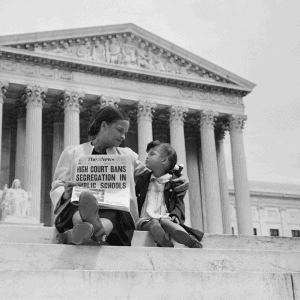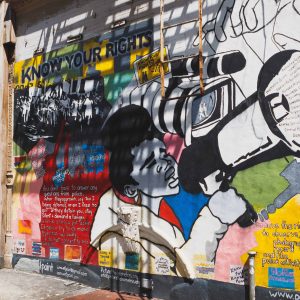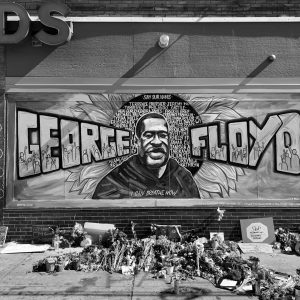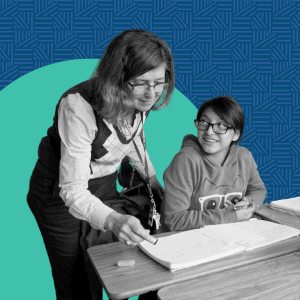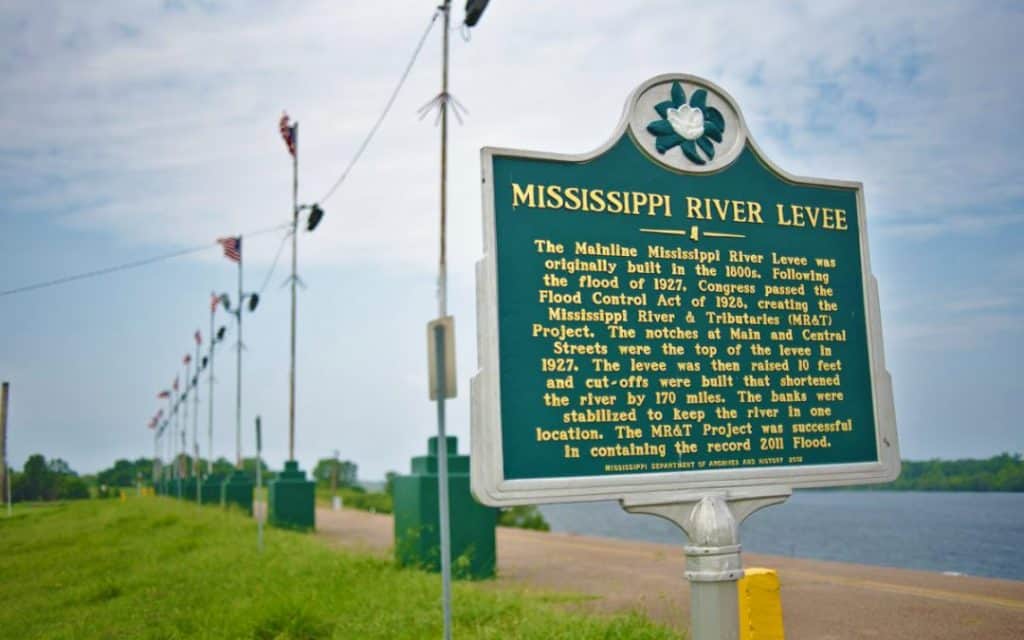
We Must Build in Community
05/30/2021
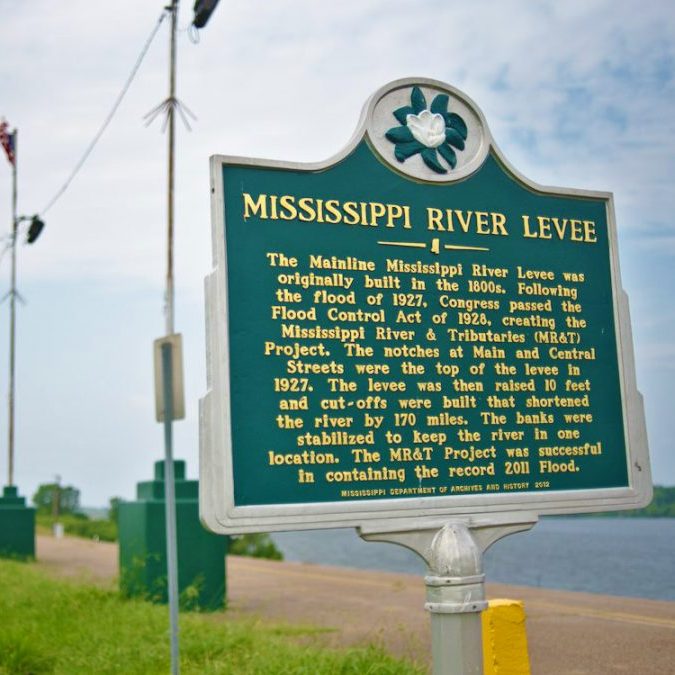
What I Learned from Teaching in Rural Mississippi
I started teaching twenty years ago in Greenville, Mississippi as a math teacher at T.L. Weston High School. I chose to teach in rural Mississippi because of its long history of resistance and organizing and also because of a critical shortage of certified math teachers.
When I first arrived, I remember staring at the senior class photos in the hallway and realizing just how briefly our high school had been integrated.
Mississippi, like six other southern states, maintained a dual, segregated system until the early seventies. It took federal intervention to finally end de jure segregation in 1972. But it was only a few years before white families pulled their children and started a new system of white parochial schools.
Our school, T.L Weston, was built as the Black high school for our town. Whereas Greenville High, a few streets down, was filled with windows and light, almost all of our classroom windows faced concrete walls. Our students and our families were amazing, but no one was under any illusion that we were operating from an even playing field.
Memories from this time came flooding back to me this month as I reflected on the 67th anniversary of the Brown v. Board of Education decision and Brown II. Like many parts of our American history, Brown gets simplified as a turning point for integration followed by a bright future. But there is a lot of unlearning that we all have to do and a lot more fighting left to be done.
What black educators built before integration
The great tragedy of the integration wave immediately after Brown was the backlash that followed for Black educators. In “What Black Educators Built”, Vanessa Siddle Walker writes about the ways in which whitewashing of education history misses out on the resilience and care that Black educators offered Black children in previously-segregated schools despite poor facilities and inadequate resources. While researching her first book after a few years in the classroom, she was struck by the rich environment created at Caswell County Training School:
CCTS…supported the aspirations of Black children by creating a school climate that embodied both interpersonal and institutional care, meaning the individual messages of care between teachers and principal were reinforced by school policies. In addition, Black parents ardently supported the school, both as advocates in petitioning the school board and as ongoing resources to finance school needs.”
The intention of school integration was not to disrupt this invaluable, meticulously-woven social fabric but rather to add and equalize. Clean and safe buildings, access to the kinds of materials and enhancements white and wealthier students had, and fair opportunities to learn from diverse perspectives. Instead, Black families and educators lost community power. Many local communities have never recovered.
What We Can Rebuild and Reimagine Together
So, how in this time of reimagining and rebuilding will we restore the agency of educators and families of color? How will we lean into the charges of culturally responsive pedagogy to make sure school offers all children opportunities to build understanding of themselves and others?
There is no one right way. But we can be aligned in our expectations and our commitments to sharing power so our solutions deliver what students, families, and educators all say they need.
- Let’s challenge and support education leaders at the federal, state, and local levels to explicitly advance equity in all education initiatives.
- Let’s call for significant investments in teachers’ learning and development tied to anti-racist and impactful practices.
- Let’s expand the opportunities that educators of color have to grow their leadership and formal influence. If not now, when?
As a partner to dozens of school systems across the country, I am inspired by this opportunity to tap into our collective knowledge. Earlier this year, we released Teaching for Equity, our attempt to braid together decades of knowledge about academics, well-being, and anti-racism into a practical guide for teachers. It’s one step toward making the future we imagine a reality, and we look forward to learning how we can make it better and even more responsive in the coming years.
Despite the many challenges ahead, I know our schools are full of incredibly talented and resourceful people who are willing to do the hard work. Let’s make sure we show up and give them the support they need to ignite the potential in all of our children.



